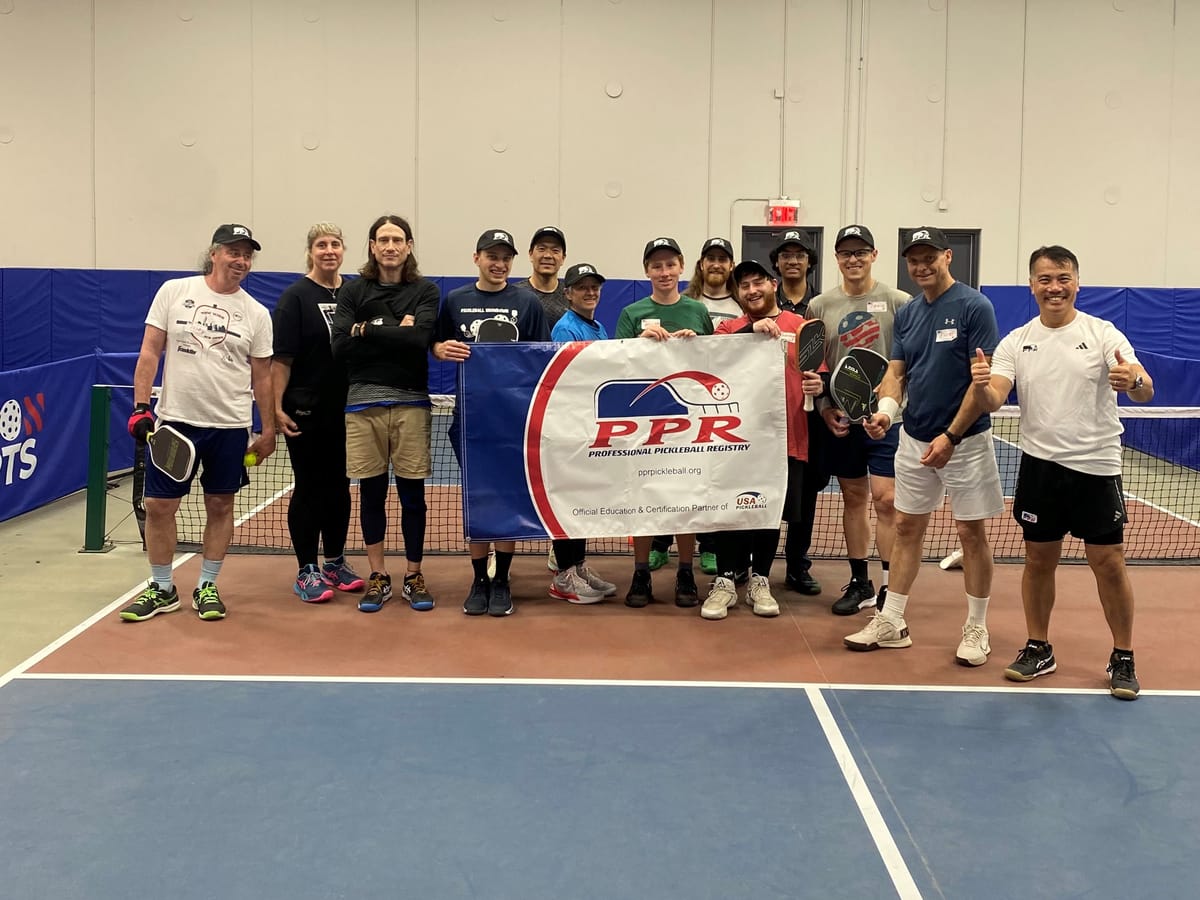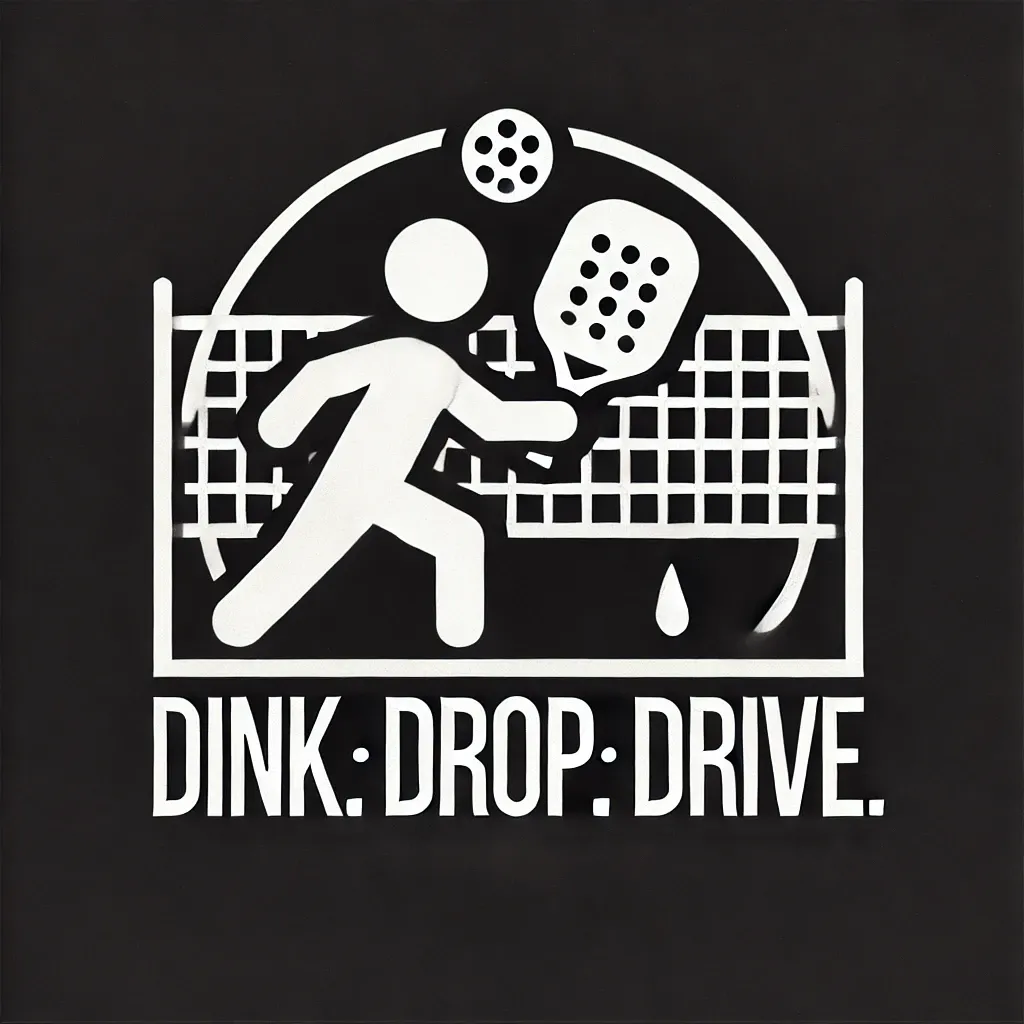My Journey to Becoming a PPR-Certified Pickleball Coach

I’ve been a fan of pickleball since 2017, but it wasn’t until 2024 that I decided to take the sport more seriously, both as a player and as someone who wanted to help others improve. That’s when I set my sights on becoming PPR certified.
If you’re not familiar, PPR (Professional Pickleball Registry) is one of the most respected pickleball coaching certifications in the United States. USA Pickleball recognizes it, and unlike many online-only options (like PCI), PPR offers in-person workshops where you learn directly from experienced instructors. I knew this hands-on approach was exactly what I needed.
Why I Chose PPR Over Other Options
While online certifications can be convenient, I wanted something that would challenge me, connect me with other passionate players, and give me immediate feedback. The in-person aspect of PPR stood out to me because teaching pickleball isn’t just about knowing the shots—it’s about demonstrating them, explaining them clearly, and adapting to different learning styles.
PPR runs workshops all across the country, but I wasn’t about to wait months for one near me. Instead, I signed up for the next available session—even though it meant a five-hour drive to New Jersey. It was worth every mile.
Preparing for the Certification
Before you even step onto the court for the in-person clinic, PPR requires you to complete approximately five hours of video content focused on instructing adult improvers. They also provide a detailed study guide that covers:
- Court dimensions
- Paddle and ball regulations per USA Pickleball standards
- Key teaching concepts and progressions
This prep work made the in-person day much smoother. If you watch the videos and review the study materials, you’ll be well-prepared for the online written test—a 50-question, open-note exam. My tip? Take detailed notes during the workshop, because they’ll be a huge help for the test.
The In-Person Workshop Experience
The day of the workshop is where everything comes together. After some classroom instruction on lesson planning and teaching progressions, we moved to the courts for the skills assessment.
To pass, you need to be at least a 3.5-level player—which means you can execute all the main shots in pickleball (dinks, drives, returns, serves, and volleys) but are still developing consistency. Having a formal rating like DUPR can help confirm your level to the certifying instructor.
For me, the highlight came at the end of the day when I taught my first-ever pickleball lesson—not to a paying client, but to my classmates in the certification course. It was nerve-wracking but also incredibly rewarding to put my new skills into practice immediately.
What I Took Away From the Experience
By the time I left New Jersey, I felt more than ready to start coaching players below the 3.5 level. The certification process didn’t just test my playing ability—it sharpened my communication skills, boosted my confidence in structuring lessons, and gave me the foundation to grow Upper Valley Pickleball into something special.
If you’re a player thinking about coaching, my advice is simple:
- Make sure your own game is at least a solid 3.5
- Take the prep materials seriously
- Choose an in-person certification if possible—it makes a world of difference
What’s Next
Now that I’m officially PPR certified, I’m bringing these skills back to my community in the Upper Valley. Whether it’s helping a new player master their serve or guiding a 3.0 toward tournament success, I’m excited to keep growing the sport and sharing the joy of pickleball.
If you’re curious about taking lessons or joining a clinic, click here to book a session. Let’s get on the court and take your game to the next level.
